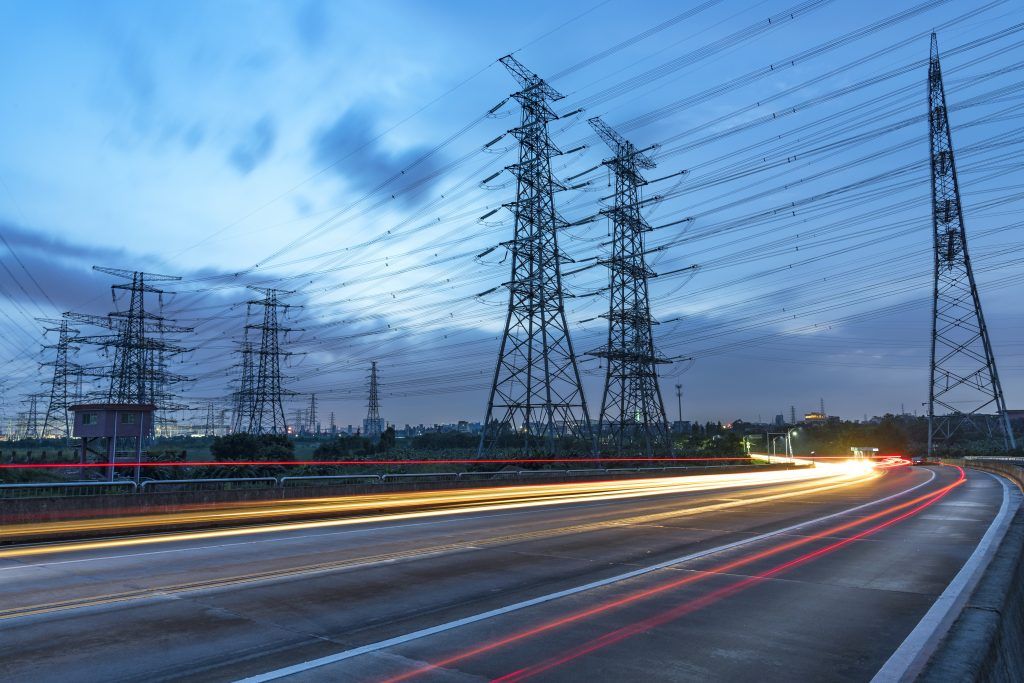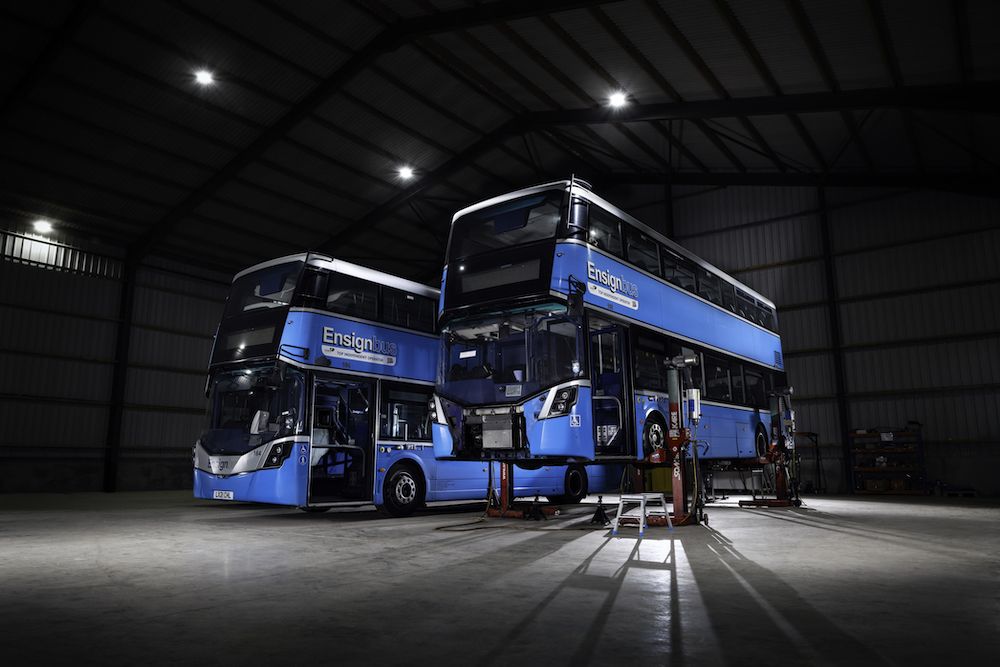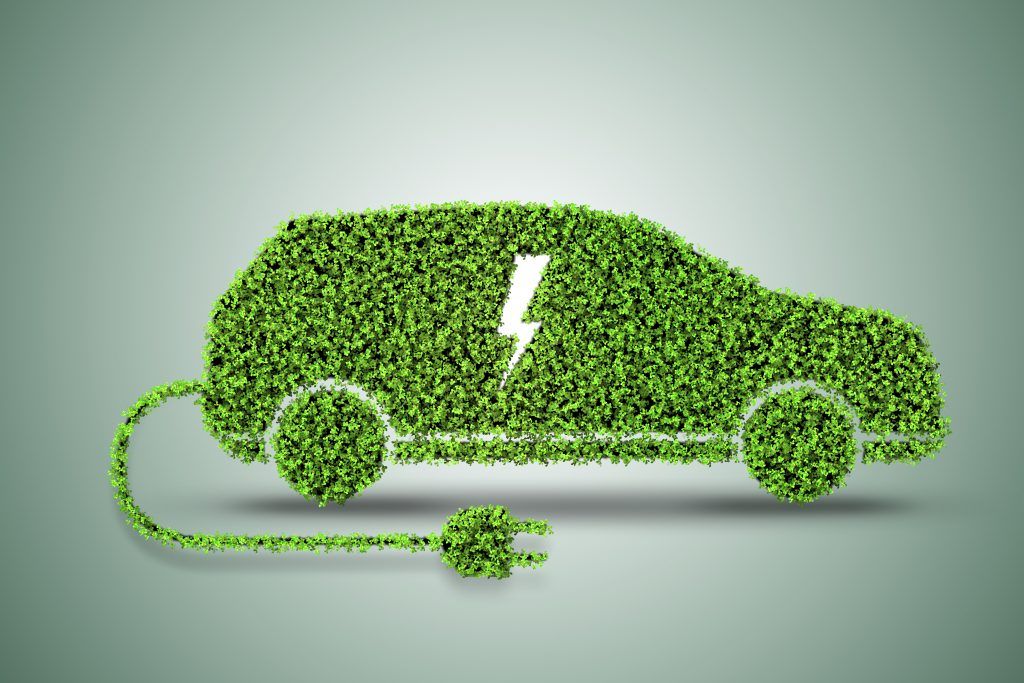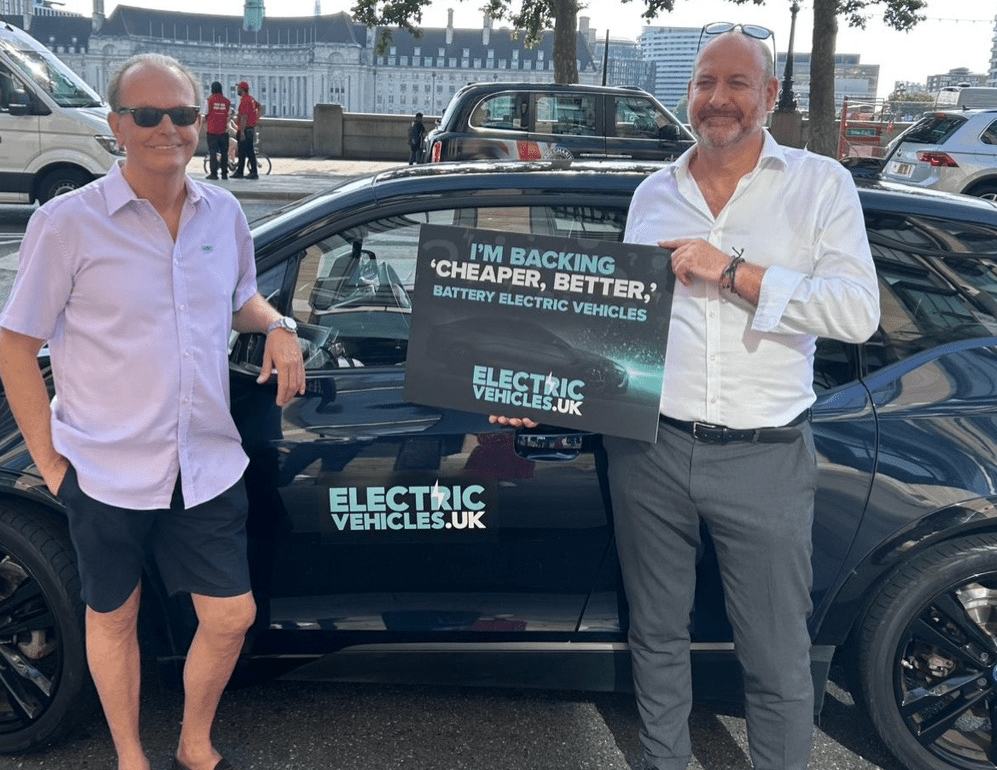Concern has been raised by industry experts about “charging deserts” for fleets and HGVs in hard-to-reach areas of the UK.
The issue was raised by Connected Energy and rapid charging firm Equans due to the focus on urban areas for improving grid capabilities.
The firms said it has left “large parts of the country without the grid capacity to support EV charging hubs at scale”. According to the firms, in order to be EV-ready, the areas “will need significant investment” in infrastructure upgrades, which comes at a high cost as well as long lead times.
Matthew Lumsden, CEO of battery energy storage system specialist Connected Energy, said: “Once you get out of urban areas, there is typically far less power available from the local grid. Upgrading the infrastructure can cost up to half a million pounds, which invalidates the business case for a lot of out-of-town EV charging hubs. We’re already seeing this issue arise up and down the country at motorway services.”
Storage solutions
Rapid charging network GeniePoint, owned by Equans, is exploring ways to deliver charging infrastructure where grid capacity cannot easily support the energy demands of EV charging. For example, the firm is looking at battery energy storage systems (BESS) like Connected Energy’s E-STOR technology, taking batteries from old electric Renault Kangoo vans and giving them a second life as energy storage.
Simon Kendrew, Marketing and Commercial Director – EV Solutions of Equans, which owns GeniePoint, said: “One of the big agendas within EV is the ‘charging deserts’, or the availability of charging in some of the harder-to-reach places. There is typically a correlation between grid availability and charger availability in more remote areas. This is where we would see opportunities for more innovative energy solutions – a mixture of energy generation and storage capability on sites, to help manage these grid issues.”
Ageing infrastructure
Kendrew also highlighted the issue around HGV operators, especially those in rural areas, which would put significant strain on the grid. It was also highlighted how there was “ageing infrastructure” for the grid at fleet sites and depots, which meant available capacity fell below the requirement for multiple fast chargers – and out of reach for ultra capacity charge points for HGVs.
He said: “If you are charging bigger vehicles, there are bigger demands, bigger batteries to charge, and often critical services linked to that as well.”
Image courtesy of Shutterstock














